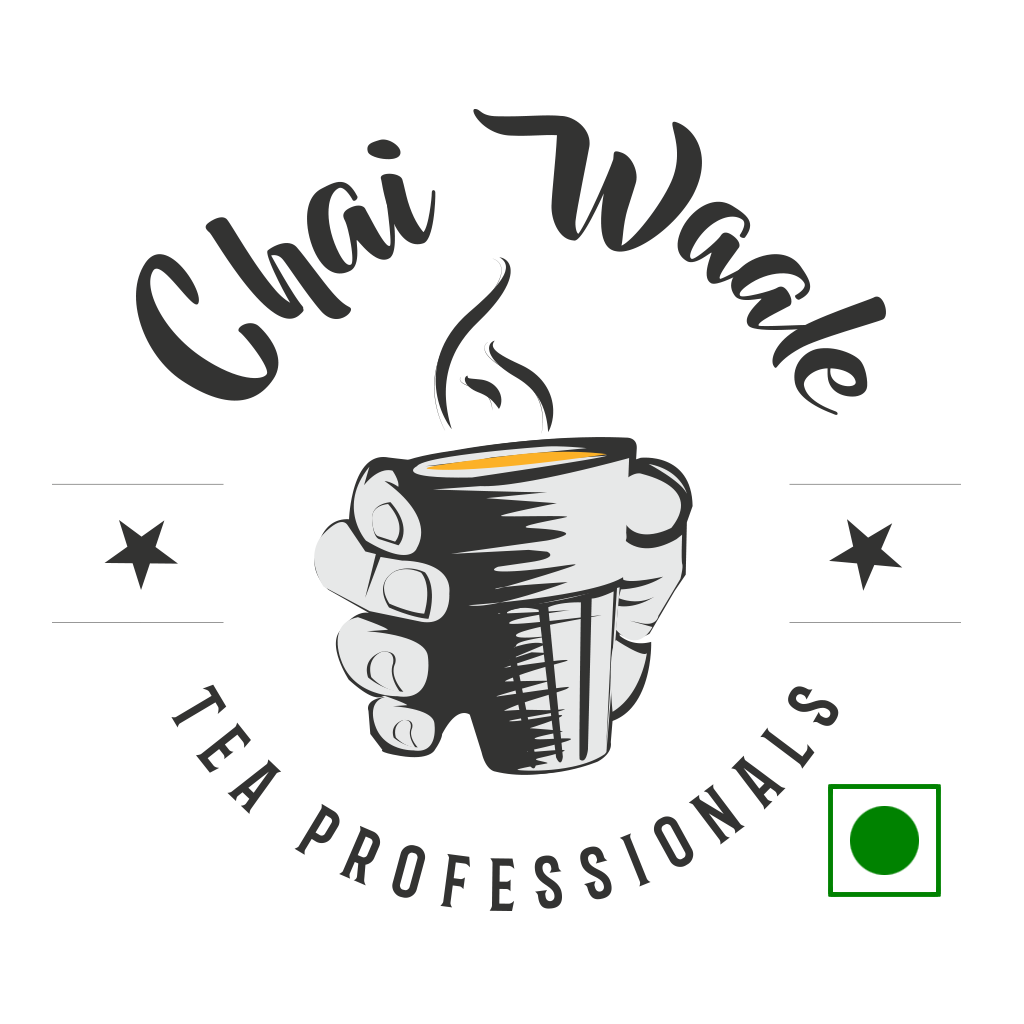Tea, the world’s second most-consumed beverage after water, offers a treasure trove of flavors waiting to be explored. For beginners, the art of tea tasting may seem daunting, but with the right guidance, anyone can unlock the rich nuances of this ancient beverage. In this blog, we’ll provide a step-by-step guide for beginners to embark on a delightful journey into the world of tea tasting.
Gather Your Tools
Before diving into the tasting process, gather the essential tools:
- A variety of teas (start with a few different types)
- A teapot or tea infuser
- Boiling water
- Teacups or tasting cups
- A timer
- A notebook and pen for taking notes
Select Your Teas
Begin with a selection of teas that represent different types, such as black, green, oolong, and herbal. This variety will allow you to compare and contrast flavors and aromas.
Boil Fresh Water
Always use fresh, cold water. Different teas require different water temperatures:
- Black tea: Boiling water (212°F or 100°C)
- Green tea: 160-185°F (71-85°C)
- Oolong tea: 185-205°F (85-96°C)
- Herbal tea: Boiling water (212°F or 100°C)
Measure and Brew
- Measure the appropriate amount of tea leaves for your teapot or infuser. A general guideline is 1 teaspoon of tea per 8 ounces of water.
- Pour the hot water over the tea leaves and start the timer. Steeping times vary, so consult the tea’s packaging or follow these general guidelines:
- Black tea: 3-5 minutes
- Green tea: 2-3 minutes
- Oolong tea: 3-5 minutes
- Herbal tea: 5-7 minutes
Observe the Color
As the tea brews, observe the color of the liquor. This initial visual assessment can offer insights into the tea’s character. Take notes on the color, which may range from pale to deep, depending on the type.
Inhale the Aroma
Gently lift the teapot lid or infuser to inhale the aroma of the steeping tea. Note any fragrant nuances, such as floral, earthy, or fruity scents. The aroma can provide valuable hints about the tea’s flavor.
Sip and Savor
After the steeping time is up, it’s time to taste. Take small sips, letting the tea coat your palate. Pay attention to the taste, texture, and aftertaste. Is it sweet, bitter, astringent, or smooth? Does it have any complex undertones?
Take Notes
Record your observations in your notebook. Include details on color, aroma, taste, and any lingering notes. This will help you remember your preferences and refine your palate over time.
Experiment and Explore
Continue your tea-tasting journey by trying different types of tea and exploring their unique characteristics. Tea tasting is a delightful journey of discovery that engages the senses and offers a deeper appreciation for this ancient beverage. With this beginner’s guide, you’re well-equipped to start your exploration of the diverse world of teas. Remember that tea tasting is a personal experience, and your palate will evolve with time. So, embrace the flavors, aromas, and traditions of tea, and enjoy every cup as a new adventure waiting to be savored. Happy tasting!








